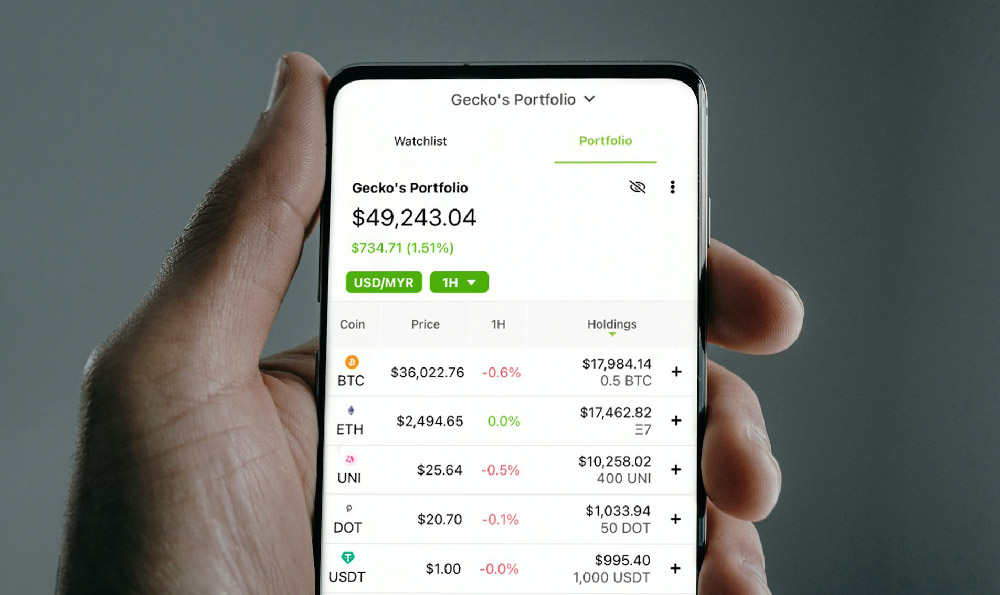
Vanguard's automatic investment feature offers a streamlined approach to building wealth over time. It's essentially a set-it-and-forget-it strategy that capitalizes on the power of dollar-cost averaging and long-term compounding. Understanding how it works and why it's beneficial is crucial for both novice and experienced investors aiming for consistent, less stressful portfolio growth.
The core idea behind automatic investments is simple: regularly transferring a pre-determined amount of money from your bank account into your Vanguard investment account and automatically using that money to purchase your chosen investment(s). This can be set up on a weekly, bi-weekly, or monthly basis, allowing you to contribute consistently regardless of market fluctuations. Vanguard allows you to set these automatic investments across a wide range of their offerings, including mutual funds, ETFs, and even individual stocks if you're feeling more adventurous (although, for the automatic feature, sticking with broad market index funds or diversified ETFs is generally recommended).
The “how” is quite straightforward. After logging into your Vanguard account, you'll navigate to the "Transact" section. From there, you select "Automatic Investments." The system will then guide you through the process, prompting you to choose the funding source (your bank account), the investment account where the purchases will be made (taxable brokerage, IRA, etc.), and the specific investment(s) you want to buy. You'll also need to specify the dollar amount you want to invest each period and the frequency of the transactions. Vanguard allows you to preview the schedule and make adjustments before finalizing the setup. The interface is generally user-friendly, but Vanguard's customer service is readily available should you encounter any difficulties.

Now, let's delve into the "why" – the compelling reasons to establish automatic investments. The primary benefit is dollar-cost averaging. This strategy involves investing a fixed amount of money at regular intervals, regardless of the asset's price. When prices are low, you buy more shares; when prices are high, you buy fewer shares. Over time, this averages out your purchase price, mitigating the risk of buying a large lump sum right before a market downturn. This is particularly valuable in the volatile world of investing, as predicting market peaks and troughs is notoriously difficult, even for seasoned professionals. Trying to time the market is a surefire way to end up worse off. Dollar-cost averaging removes the emotional element from investing, preventing impulsive decisions based on fear or greed.
Another significant advantage is the cultivation of a consistent savings habit. Automatic investments essentially automate your financial discipline. By scheduling regular contributions, you're prioritizing your investments and making it less likely that you'll spend that money elsewhere. This consistency is paramount for long-term wealth accumulation. Many people struggle with saving regularly, but by automating the process, you create a powerful financial routine. This is particularly important for retirement savings, where the earlier you start, the more time your investments have to grow.
Furthermore, automatic investments encourage long-term thinking. When you're consistently investing, you're less likely to panic during market downturns. Instead of selling off your investments in a moment of fear, you're more likely to stick to your long-term plan and even potentially benefit from buying more shares at lower prices. This long-term perspective is crucial for building sustainable wealth. The stock market has historically trended upwards over the long term, and by consistently investing, you're positioning yourself to benefit from that growth.
The power of compounding is also amplified by automatic investments. Compounding refers to the process of earning returns on your initial investment and then earning returns on those returns. Over time, this creates a snowball effect, where your investments grow exponentially. Consistent contributions, combined with the magic of compounding, can lead to substantial wealth accumulation over the long term. The earlier you start investing, the more time your money has to compound, highlighting the importance of starting early and being consistent.
However, it's important to remember that automatic investments are not a silver bullet. They are a tool to enhance your investment strategy, not a replacement for a well-thought-out financial plan. You still need to carefully consider your investment goals, risk tolerance, and time horizon. Choose investments that align with your individual circumstances and diversify your portfolio to reduce risk. Regularly review your portfolio and make adjustments as needed to ensure it remains aligned with your goals.
Finally, be mindful of potential fees and tax implications. While Vanguard is known for its low-cost investment options, it's still important to understand the expense ratios of the funds you're investing in. Also, be aware of the tax implications of your investments, particularly if you're investing in a taxable brokerage account. Consider consulting with a financial advisor or tax professional for personalized guidance.
In conclusion, Vanguard's automatic investment feature is a valuable tool for building wealth over time. By automating your savings and leveraging the power of dollar-cost averaging and compounding, you can achieve your financial goals more effectively and with less stress. However, remember to combine this tool with a comprehensive financial plan and stay informed about your investments.





